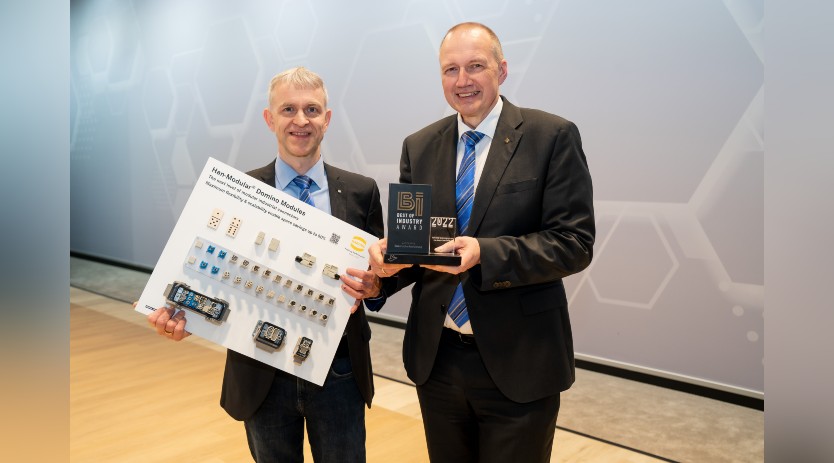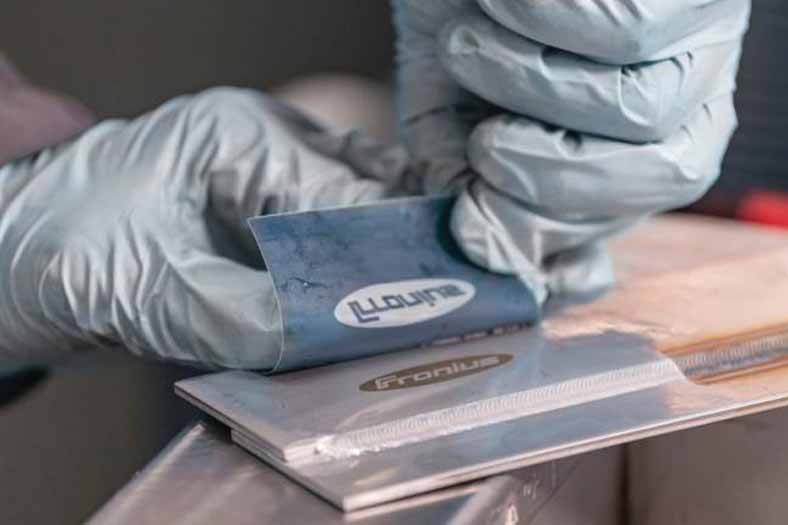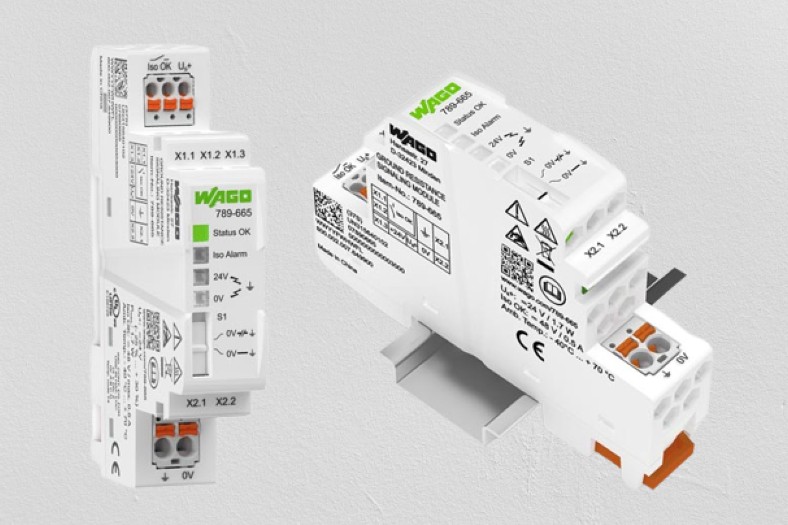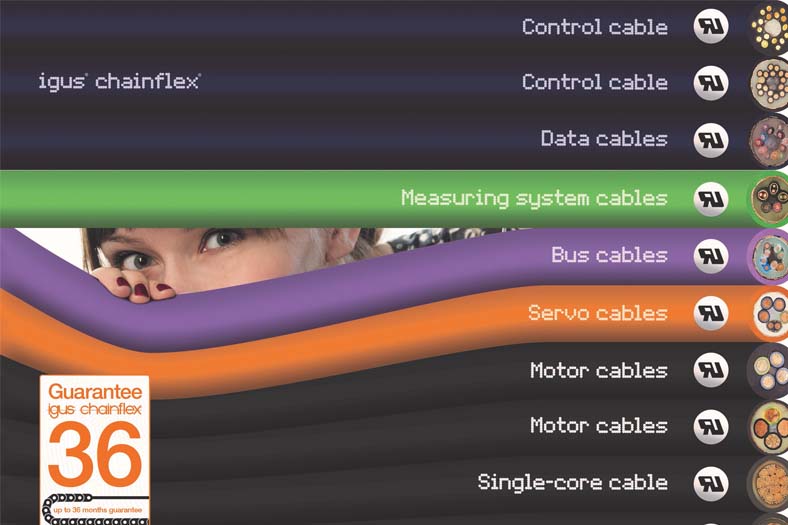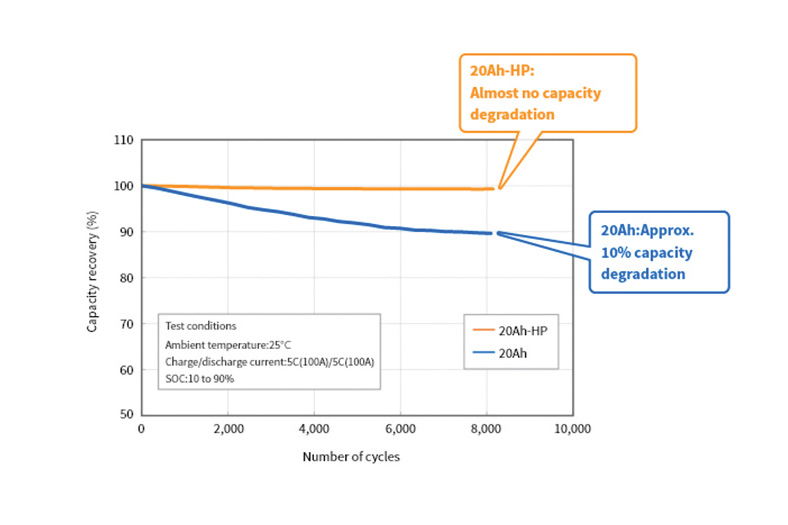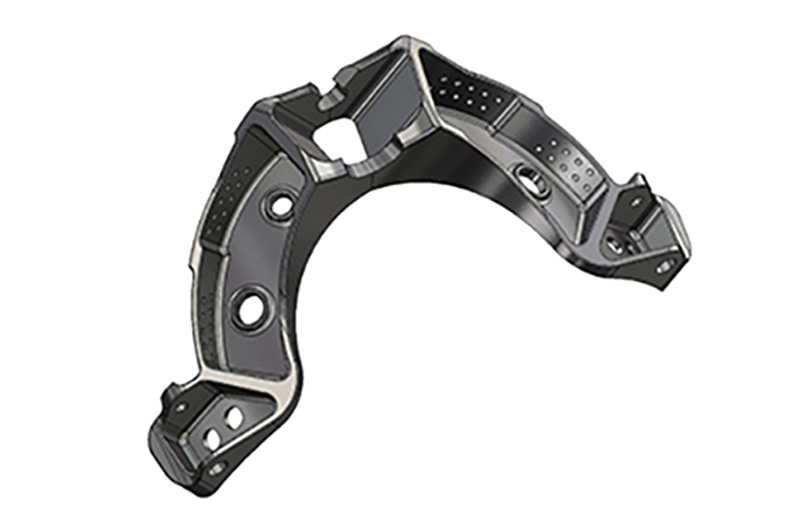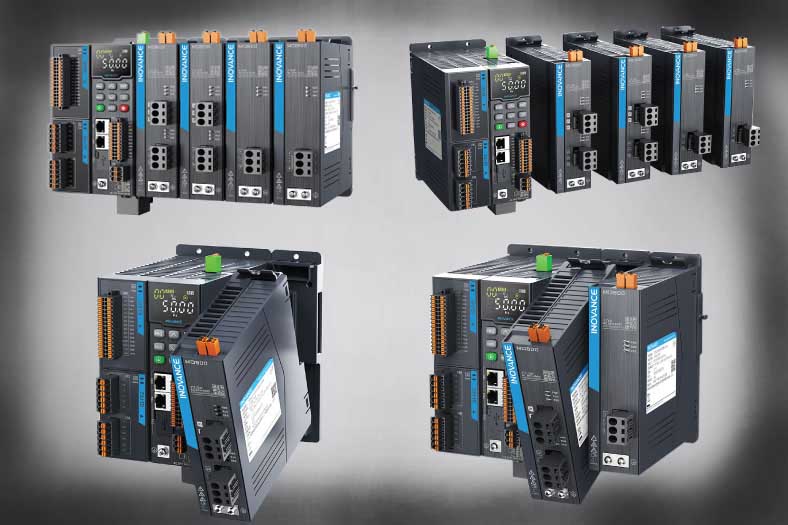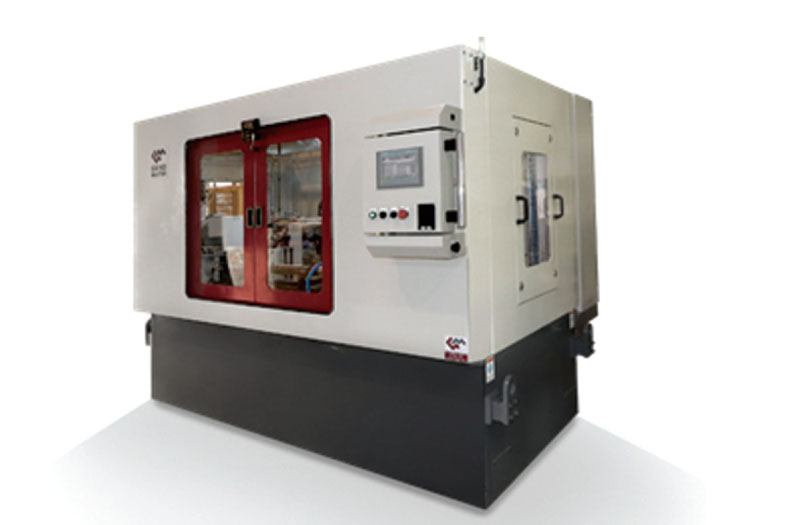Turning remote sites into smart remote sites
By OEM Update Editorial October 17, 2019 2:13 pm IST
Today’s energy and utility companies operate in competitive, closely scrutinsed business environments. These organisations must adhere to stringent regulatory requirements to prevent downtime for customers. When equipment fails, the resulting downtime leads to immediate financial and safety consequences. As competitive forces grow and business demands intensify, companies can capitalise on the benefits of the Industrial Internet of Things (IIoT) to improve their processes and data assets.
Companies require more consistency, better visibility of networks, reduction of waste and loss, and increased compliance with regulatory requirements. Smart technology has the ability to connect all devices and control systems. It also delivers the visibility to collect and analyse data from both new and legacy devices.
High-availability smart sites can:
- Minimise or eliminate unscheduled downtime
- Reduce time to repair
- Provide continuous operation, regardless of communication
- Increase visibility of equipment and sites
- Prevent unsafe conditions
- Comply with increasing regulatory conformity
Smart technology for a competitive advantage
As the connected or “smart” technology trend advances, organisations also recognise the opportunity to outfit remote sites with these new applications. Bringing connectivity, control and monitoring capabilities to remote locations enables companies to find success in the IIoT environment.
To enable remote monitoring and control of data and equipment, energy and utility companies are integrating legacy equipment with IP networks. Cellular networking offers a cost-effective and intelligent solution. It can be leveraged across remote sites as a tool to reduce downtime and repair time, as well as to increase communication reliability and improve safety conditions. The level of connectivity afforded by cellular networking presents a host of new applications that help businesses run more smoothly and efficiently. It can also reduce the resources required to manage and run operations.
Challenge: Monitoring remote assets
Companies are finding difficulties in maintaining the integrity and operational efficiency of infrastructures. A single compromised point in an expansive energy or utility infrastructure can result in costly downtime and dissatisfied customers, and possibly lead to life-threatening situations. These challenges are heightened at remote sites where distance and visibility compound each issue.
Challenges to monitoring remote sites and remote equipment include, expansive geographic territory, aging industrial equipment, and out-of-date technology.
Cellular network performance improvements:
Statistics from a real customer example
Below are statistics from a customer who was converted from a traditional SCADA network which uses a polling/ response network to a cellular network. As demonstrated in the chart below, polling a site occurred approximately 10 times faster and emergency alarms were sent 95 per cent faster using a cellular network. The architecture difference of a cellular network is significantly more scalable and can both poll and push data.
Comparison based on:
- Statistics collected for 15 RTUs converted to cellular and operating 1-3 weeks + 2 RTUs converted to cellular and operating over 2 months.
- Statistics collected for 72 trunking RTUs operating for 62 days.
Expansive geography
Energy and utility companies commonly have large geographic footprints, ranging from multiple sites in a single city to a global network of locations. Long distances, harsh environmental conditions and limited field staff availability make these remote sites difficult to access regularly. Accessing critical information, such as equipment status and operational data, becomes even more time-consuming and 4 costly as workforces stretch out to cover larger geographies. To maintain these expansive territories, companies must find new ways to bridge the distance.
Aging infrastructure
Aging equipment creates significant challenges for businesses trying to implement new technology platforms. Older equipment was never designed to be remotely monitored in real-time and often only provides local communication ports. While legacy equipment and assets may not be ready for high-speed IP networks, they still have significant life left in them.. Most companies can’t afford to replace aging assets system wide, especially if the equipment is still useful.. But alternative solutions, such as new communication, protocol conversion and control technologies, can keep aging infrastructures up and running smoothly.
Outdated communication technology
Companies often struggle to combine new technology with legacy systems and processes. Outdated communication systems, such as Modbus and distributed network protocols (DNP3), are typically serial-based and lack visibility into remote sites.
These communications infrastructures are slow and unable to integrate into new applications. Additionally, most legacy communication networks were not developed with built-in redundancies, and communication failures create a domino effect, which leads to stopped operations.
Communication challenges put a lot at stake: downtime, blackouts and even catastrophic gas pipeline explosions. To prevent these disastrous consequences, companies must find technology solutions to monitor and control data at every location, no matter how remote.
Solution: cellular networking
To strengthen connectivity at remote sites in spite of these challenges, companies should consider adding capabilities.. Many oil and gas, alternative energy, power, utility, water and waste water companies are successfully integrating cellular networking as an intelligent, cost-effective solution.
Solution: Cellular networking
By now, IIoT is beginning to take hold in every corner of industry, including energy and utilities. Remote data monitoring is critical for effective IIoT implementation, where multiple devices across a system connect with each other. To access data in hard-to-reach locations, companies across many industrial businesses have turned to cellular networking, which adds cellular connectivity to remote terminal units (RTUs). Together, RTUs and cellular networking have the power to connect diverse legacy equipment and turn remote sites into “smart” remote sites.
- Device management
- Security and regulatory standards
- Edge control
- Serial-to-IP conversion
- Cloud connectivity
- Purpose-built industrial products
- Rapid deployment
- Software development kit integration
Serial-to-IP conversion
Most remote sites contain legacy serial devices that communicate using Modbus, DNP3, or other protocols. To connect to modern SCADA or monitoring platforms, these protocols require a connection to an IP-based infrastructure. Serial-to-IP conversion is difficult due to speed and protocol differences. Cellular networking streamlines this process by connecting RTUs, programmable logic controllers (PLCs) and other human-machine interface (HMI) equipment. Cellular networking also configures the connected equipment to communicate at the appropriate speed and use the native protocol of the existing equipment.
Alternative solutions to serial-to-IP conversion are available, but they require multiple gateways to communicate with the native protocol at an appropriate speed. They also require the extra step of converting the data to IP before finally communicating via cellular network.
Simplified assets
Building one hardened package with integrated routing, security and cellular technologies drastically simplifies smart remote site implementation. For example, cellular RTUs with native Modbus support can poll existing RTUs and PLCs. As a single asset, cellular RTUs provide real-time access to and from sensor-level data from pumps, valves, re-closers, transformers, capacitor banks, meters and more.
Using multiple network devices—such as a cellular modem, Modbus gateway and security VPN client— is an option but each device is costly to deploy and complicated to administer and maintain.
Cloud connectivity
An effective cellular networking solution uses cloud technology to enable connectivity across multiple devices—regardless of age, quality or distance. Cellular networking provides reliable, secure and scalable communication to leading IIoT cloud platforms. This solution allows organisations to easily establish communication and push data to select cloud platforms in minutes.
Purpose-built industrial products
Industries like oil and gas, alternative energy, power, utilities, water and waste water demand technology that can withstand challenging conditions. For instance, an electric utility’s on-site devices need to tolerate high electromagnetic interference (EMI). A cellular networking solution that is purpose-built for these industrial environments ensure device control and data collection continue even if communication fails.
Edge control
Cellular networking solutions often use edge control, which processes data as near to the data source as possible: at the edge of the network. Shifting control to the network’s edge enhances operational reliability. It also reduces costs by decreasing the amount of transmitted data.
Traditional SCADA with control at headquarters
Note that data is collected and transmitted from remote sites (left side) and sent all the way to the headquarters where the data is processed. If a change is required, a signal is sent all the way back and if the network becomes un-responsive, all control stops.
Rapid deployment
When transitioning to cellular network connectivity, equipment downtime equals lost revenue. A system that rapidly deploys and connects within minutes minimises lost time and lost revenue.
Device management
When a cellular network connects thousands of devices, it is critical to incorporate a device management platform. A central dashboard gives users visibility into the health and connectivity statistics of each device.
Modern cellular-based network with control at edge
Equipment at remote sites connect to a cellular RTU, which has built-in edge processing capabilities.
So if the network is unresponsive, the cellular RTU can still perform all control activities.
For more details, visit:
www.redlion.net
Cookie Consent
We use cookies to personalize your experience. By continuing to visit this website you agree to our Terms & Conditions, Privacy Policy and Cookie Policy.





